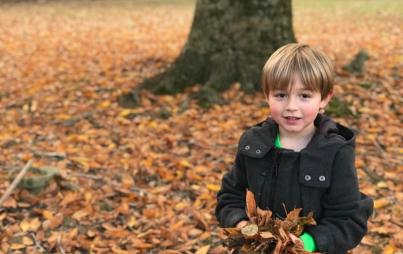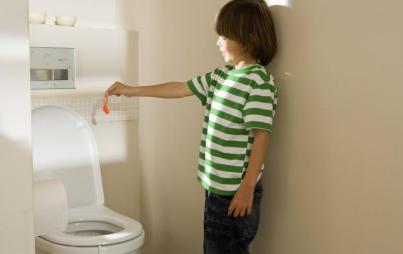
toothless (image credit: Thinkstock)
We’ve all heard about banking our children’s umbilical cord stem cells. In fact, I can pretty much predict that you got some reading materials about it in your welcome packet after your first prenatal visit to your midwife or OB, but now there is a new trend in the parenting world that makes collecting your babe’s cord blood seem like old news: banking your kid’s baby teeth. Yes, this is a real thing. Yes, it’s becoming common practice. And yes, it has some pretty amazing benefits that every parent should learn about.
Kids' baby teeth are rich in something called Mesenchymal cells, which is an adult type of stem cells.
They can form into tissues such as nerve, bone, muscle, and blood vessels — also having the ability to repair body tissue and suppress inflammation. Extracting these cells from baby teeth can help greatly with issues down the line like Alzheimer’s, Type 1 Diabetes, spinal cord injuries, heart attacks, stroke and so much more. It really is a truly beneficial procedure, but just like umbilical cord stem cells, it covers all those “what if” things that may happen in the future and is proactive to protect your family in the future.
As a parent myself with one child still losing baby teeth and one about to have some popping through her baby gums any day now, I wonder about the cost and just how common something like this really is.
One thing is for sure: it’s a heck of a lot easier to bank your child’s teeth that to deal with coordinating banking umbilical cord blood as soon as a baby is born.
Howard Greenman, CEO of Store-A-Tooth, a leading provider of dental stem cell banking shares, “the costs are similar (in fact Store-A-Tooth is less expensive than most cord blood stem cell banks). The challenge is not interest and adoption. The challenge is simply awareness. Most families are aware of the option to bank umbilical cord blood — this is the result of decades of the field developing. The opposite is true of dental stem cell banking as the word is still making it out to families.”
If cost isn’t an issue, (which runs about $1800 with additional $120 a year storage fees) finding a dentist to complete the procedure would be the next step, which I could imagine might be a challenge as this is newer technology.
Essentially, I’d want to know if my family dentist might laugh in my face as I try to explain. “We have rarely if ever run into any circumstance where a client’s dentist would not participate in the collection event. For dentists that are not already actively working with us, our team contacts the office if necessary and helps with the process. Additionally, the kit has all the information a dentist needs to properly collect the tooth for stem cell banking. However, we often times share with clients information regarding dentists in their area who are actively collecting teeth for Store-A-Tooth,” Greenman says.
But it doesn’t need to be done in a dentist’s office, as we all know that those baby teeth fall out naturally in most cases and that the tooth fairy most definitely needs to be involved. In this case, you can actually have the kits overnighted to your home, giving you the ability to swap out that tooth for some cash until your child’s pillow and then send the tooth directly to be stored in a cryopreserved state. I guess this means that the bag of baby teeth I have saved in my bedside table aren’t fair game. It’s a pretty interesting technology to have access to, if you ask me.
One thing is for sure: it’s a heck of a lot easier to bank your child’s teeth than to deal with coordinating banking umbilical cord blood as soon as a baby is born.
At the end of the day, you’ve gotta decide what’s right for you and your family and looking into your family history and comparing that against all these benefits can be a great place to start. Either way, walking into your next mom’s night out and having this little tidbit of information to share with your gal pals will leave you as the queen bee for a moment. Until something else is trending the next day in the parenting world.








